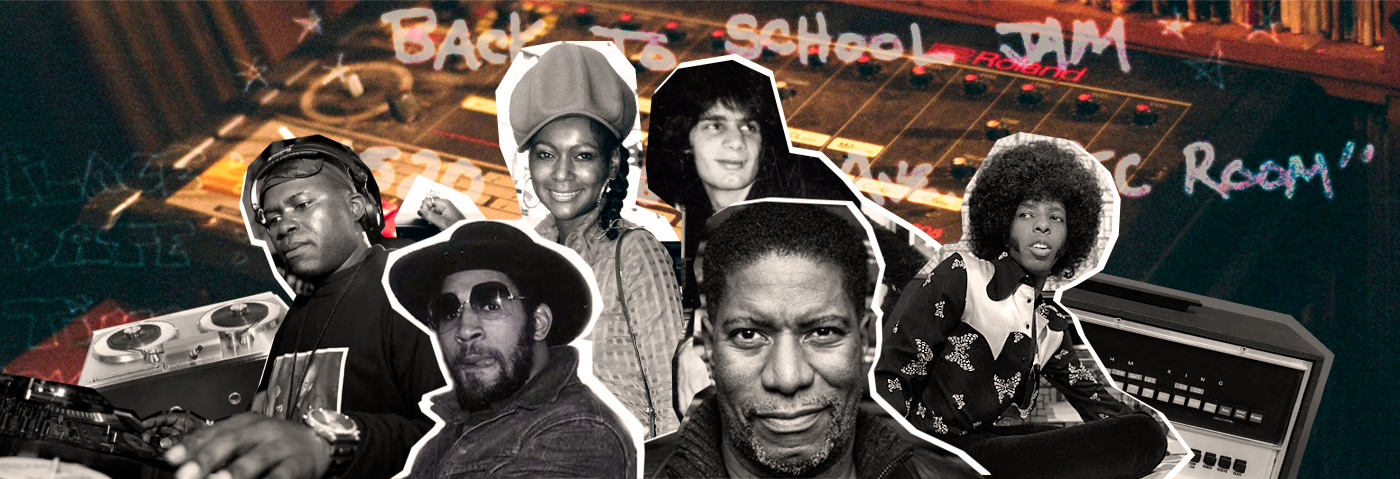Dance music and DJ history has been driven by disruptive technologies, revolutionary movements and pioneering people. We look at few key, and perhaps under celebrated moments from our shared history.
The history of electronic music and DJing have always been closely intertwined. Developments in technology have at times driven DJing, and then again there have been times when DJs and producers have innovated, driving the development of new technology. The factors behind change and innovation in DJing, production and electronic music are a complex tangle of competing factors.
And in this intermingling web of people and events, there are countless key moments. Events that perhaps didn’t seem important at the time, that lacked the significance they later achieved. It is only when the history starts to be written that we can see, for example, that August 11th 1973 was a crucial day in modern music. Because on that day, DJ Kool Herc (Clive Campbell) threw a birthday party for his sister Cindy at 1520 Sedgwick Avenue New York, spinning breaks to fledging b-boys and b-girls, in an event that is now widely seen as hip hop’s birthdate.
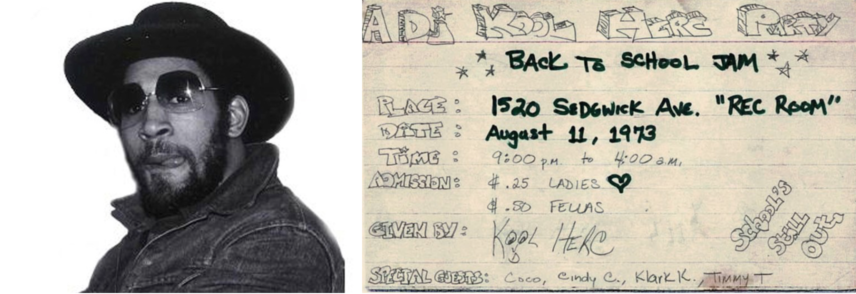
Many of these moments are now frozen in time: researched, catalogued and written about for us to peruse and to wonder what might have happened if, for example, the Winston’s hadn’t put a drum break in their version of ‘Amen Brother’. Think of all the jungle, breaks and hip hop records that wouldn’t exist if the band had just carried on playing instead of laying out for two bars.
So join us as we take a stroll through electronic music and DJ history, looking into some of the key moments that went on to have profound significance.
LSD & The Birth Of DJ Mixing
In the late 60s, a DJ called Terry Noel was resident at a club in New York called Salvation II. One night, Terry dropped acid and didn’t make it into work until around half past one. By that time, his fate at Salvation II was already sealed. A regular dancer called Francis Grasso had been asked by the management to stand in for Terry and despite having never DJed before, turned out to be a complete natural, and got Terry’s job.
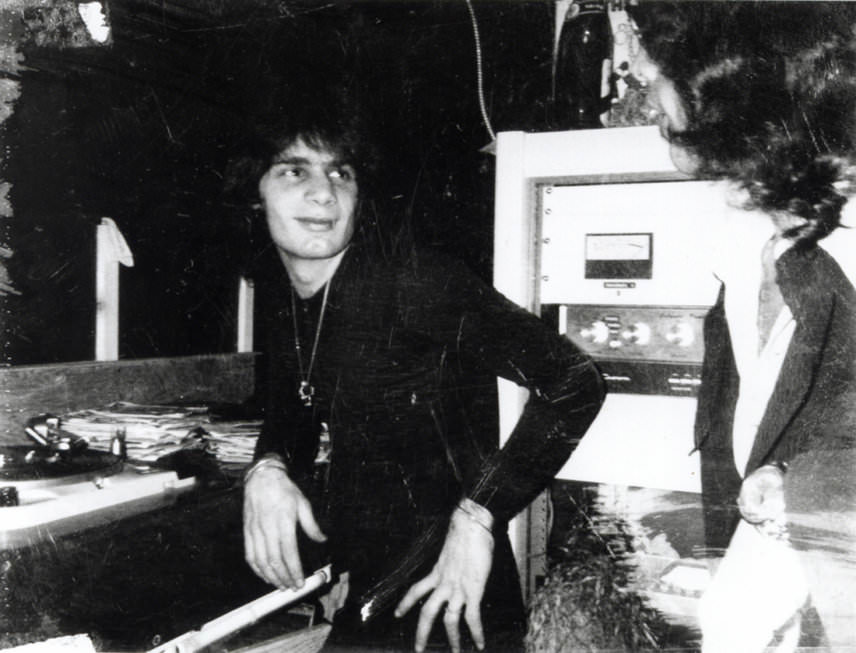
Grasso went on to become a groundbreaking DJ who pioneered new DJ techniques. When he started out behind the decks there was no pitch control on the turntables but despite this, Grasso was able to smoothly bring in the beat from the next record in time with the record that was ending in order to preserve the rhythmic flow, using the slip-cue technique that was used by radio DJs. Whilst this might not sound like a big deal today, he was the first to use this technique in the live club environment and in the process he defined how DJs would work from then on. Grasso, again with no pitch control, also began mixing parts of records together, using beat-less sections like the breakdown in Led Zepplin’s ‘Whole Lotta Love’ and mixing them with the beat from another record. In doing so, he laid the groundwork for Nicky Siano, David Mancuso, Steve D’Acquisto and the rest of the first generation of DJs that were about to follow.
Bedroom DJing & The Invention of Scratching
Now this is a bit of a controversial one as the actual originator of turntable scratching as a technique to enhance a DJ performance is disputed. Grandmaster Wizard Theodore is said to have discovered scratching when he was DJing in his bedroom at home and his mum told him to turn the music down. The story goes that he turned down the main volume but kept his headphones on and was holding the record in the cue position while his Mom told him off. He noticed how cool it sounded to move the vinyl back and forth – and thus his mother’s annoyance kick-started turntablism.
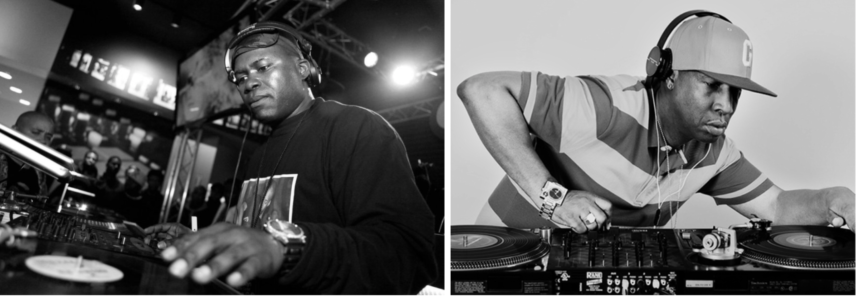
Except that Grandmaster Flash, himself a genuine innovator who invented his own cue device which he superglued on to his mixer, created his own slip mats and first came up with the idea of mixing between breaks whilst maintaining the groove – also claims that he invented scratching. Flash credits his protege Grand Wizard Theodore with developing scratching by making it rhythmic but feels he originated the technique. However, whichever account is the correct one, we still owe Theodore’s mum a debt for creating that moment.
Bing Crosby & The Reel To Reel Recorder
AEG launched the worlds’ first tape recorder, the German Magnetophon System, in 1935, opening up a new world of sonic possibilities. As tape technology developed, recorded audio could be treated and manipulated in ways simply not possible previously. Sound became malleable; it could be spliced, edited, slowed down, sped up or even reversed, pre-echoing sampling technology by several decades.
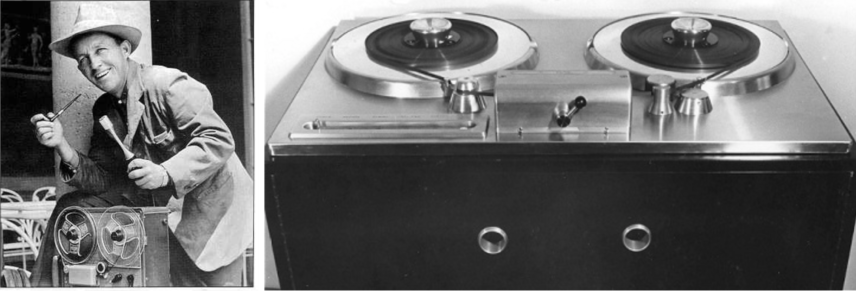
In tandem with Magnetopon, Ampex then created the Ampex Model 200 reel to reel, a revolutionary technology, but its development was driven in part by the distinctly un-revolutionary singer Bing Crosby. A big radio star in the 1940s, Crosby preferred recording in the studio rather than live broadcasts and when he heard a demonstration of a prototype of the Model 200 he invested $50,000 in the company. This enabled what was then a tiny company to develop a commercially viable machine based on this prototype. Crosby, in a particularly serendipitous act, also gave a gift of a Model 200 reel to reel to his friend guitarist Les Paul who later went on to invent multi-tracking.
Pizza & The First Hip Hop Hit
Sylvia Robinson is a legendary figure in the history of music: record executive, label owner, producer, singer and founder/CEO of seminal hip hop record label Sugarhill. Robinson was also a brilliant A&R and one of the first industry execs to see the value and potential of hip hop.
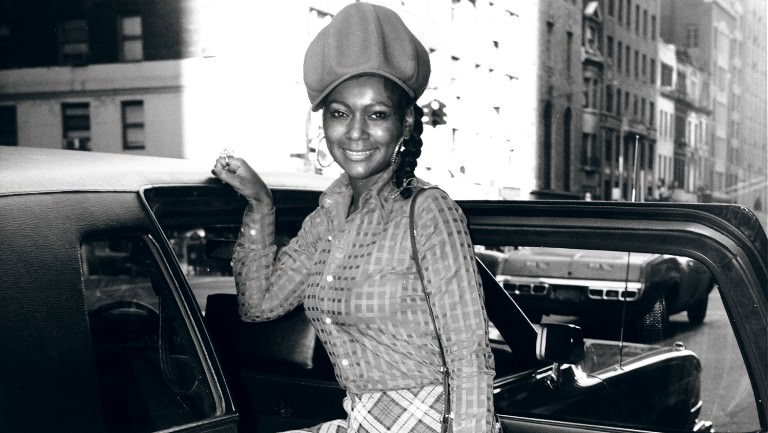
In his definitive history ‘Hip Hop Don’t Stop’, author Jeff Chang says that by 1979, a number of record labels were scouring the block parties of the Bronx, looking for rappers to sign. Both Grandmaster Flash and Lovebug Starski had already turned Robinson down, but luckily for her, her son Joey liked pizza and paid a visit to Crispy Crust Pizza in Englewood. While waiting for his order, he heard employee Henry ‘Big Bank Hank’ Jackson rapping as he worked. Chang describes how Joey invited Jackson to audition and that “on the way back, two other rhymers jumped into Joey’s car, Guy ‘Master Gee’ O’Brien and Michael ‘Wonder Mike’ Wright and the three auditioned that evening.”
Robinson followed her instinct, seized the moment and recorded them. The record – Rappers Delight’ by The Sugarhill Gang – was a smash and suddenly there was an entirely new genre and associated subculture in the public eye. Forty years later and hip hop is a world-dominating genre. Imagine if they’d fancied a curry that night instead.
Drug Moods & The Introduction Of The Drum Machine
Sly Stone wasn’t the first artist to use a drum machine in pop music; you can hear one in the background on Robin Gibbs from the Bee Gee’s 1969 ‘Saved By The Bell’. However, Sly Stone was the first to successfully place the robotic tics and hisses of a drum machine – in this case the Maestro Rhythm King MRK-2 – at the centre of his productions as a viable alternative to a live drummer.
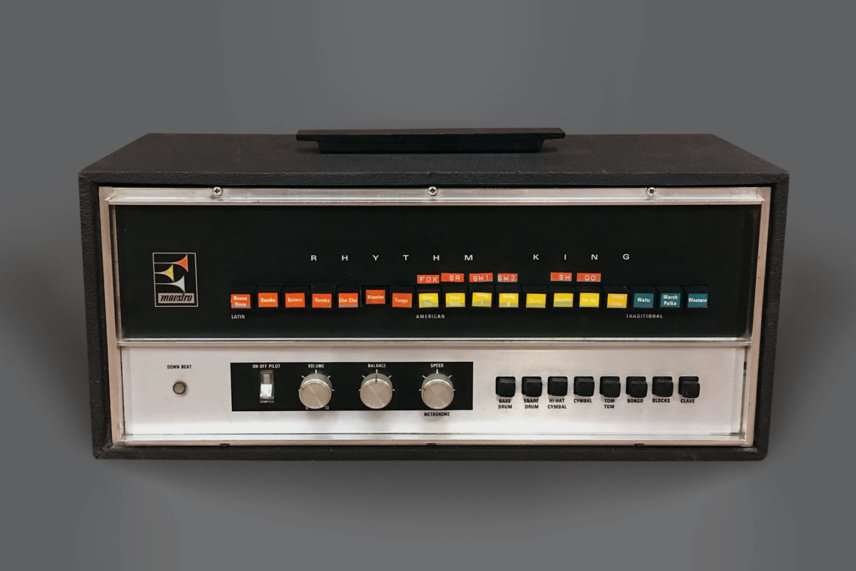
The Rhythm King was an early simple precursor to machines like Roland’s 808 or 909. Its quaint, rubbery clavs, bongos and beats are featured heavily on Sly and The Family Stone’s classic album 1971 ‘There’s A Riot Going On’, leading the way for the rigid rhythms of the drum machine to gradually make its way into popular music, and of course to play a central role in the development of disco, boogie, electro, house, techno and beyond. But why would a funk artist like Sly Stone drop his drummer in favour of a machine that was extraordinarily limited in both sound and functionality? One the one hand, the use of the drum machine was a creative decision, the robotic rhythm and synthetic sounds giving his increasingly dark and paranoid music an otherworldly sheen. But there was another more fractious factor too.
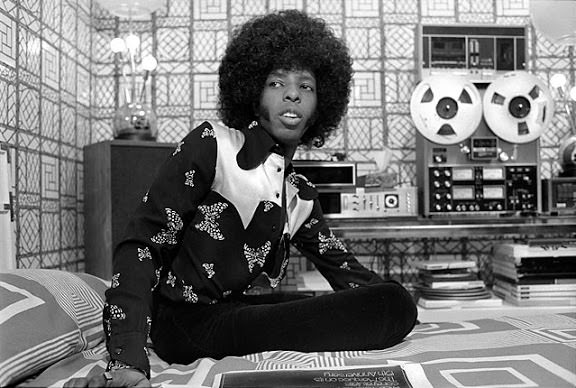
The cocaine use in the Sly Stone camp was legendarily prodigious, leading inevitably to Sly Stone’s eventual descent and retreat from public life and his music career. However, in 1971 he was still at the height of his creative powers, but the effect of taking all sorts of pharmaceuticals and staying up for days on end were affecting Stone’s relationships with the members of his band. The Family Stone’s drummer, Gregg Errico recalls in Joel Selvin’s ‘Sly and the Family Stone: An Oral History’ that the tension in the band simply became too much, and relations between him and Stone had soured.
“Everybody would call and say that he was messing with the drum machine and he wanted me to come down there. I get calls daily from him, from everybody, and I just didn’t want no more part of it. I was done with it.…” Sly ended up just using the MRK and either adding his own or other session drummers’ licks on top and in the process introduced funk and soul fans and the rest of the music world to the mechanistic potential of the drum machine.
The Best Value Beat In History?
1981, New York, and a record producer needed the unmistakable low-end thwack of a Roland TR 808 kick drum and its unique snappy robo-snare for a track he was working on. Unfortunately, he didn’t have one, so he looked through the music ads in the Village Voice newspaper until he found an advert that said ‘Man with drum machine $20 a session’. The producer was Arthur Baker and the track was ‘Planet Rock’ from Afrika Bambaataa and the Soul Sonic Force. In Bill Brewster and Frank Broughton’s ‘The Record Players’, Baker says he doesn’t remember the drum machine guy’s name but remembers him coming to the studio and programming the beat – and a brand new genre was born. Electro, the direct precursor to techno, foundational electronic dance music genre, futurist machine music for dancing – born from the best value beat ever, programmed by a nameless man, for only $20.
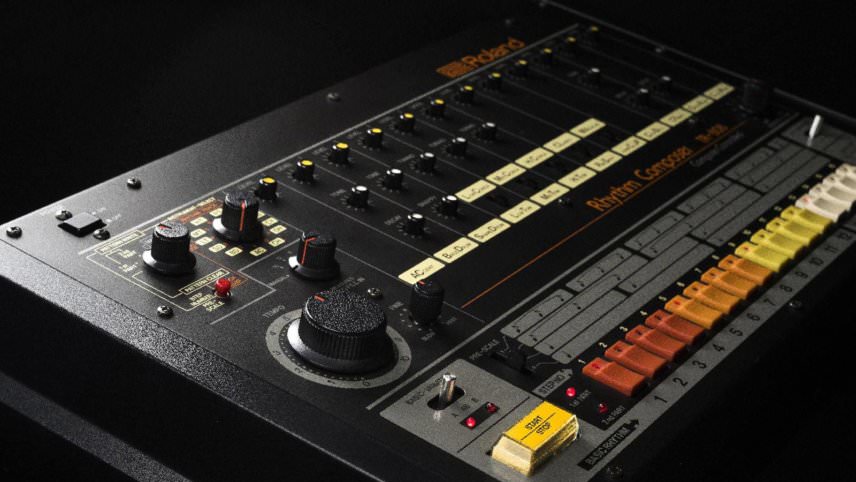
Heavy Rock Rumours And The House Music Anthem
When Marshall Jefferson recorded his seminal piano line for ‘Move Your Body (The House Music Anthem), he famously recorded it at the extremely slow tempo of 40 beats per minute to enable him, a non-piano player – to actually play the chords. However, according to his autobiography ‘Diary Of A DJ’, Jefferson, a serious rock fan in his youth, says that he came up with this technique because he believed that Led Zeppelin had deliberately sped up the tapes of their second album in order to appear more musically proficient than they actually were.
Certainly, Led Zeppelin had a reputation for speeding up and slowing down their recordings, many of which were stitched together from disparate studio dates, and their fans have long discussed which sections were recorded in what key, which parts might have been adjusted to fit and so on. Whether or not Jefferson’s belief about ‘Led Zeppelin II’ was correct or not, it inspired him to produce a seminal house track and one of the best piano riffs in music history.
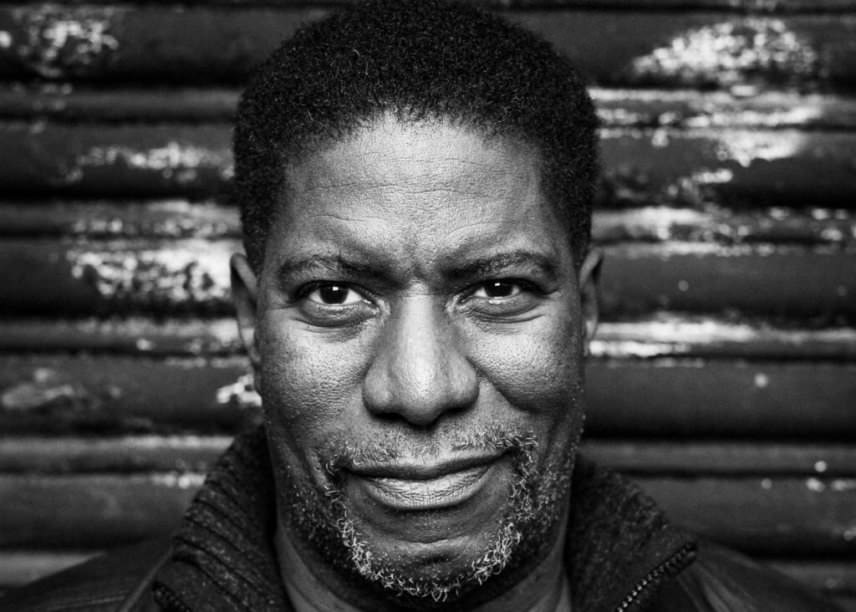
Harold Heath is on Twitter.
